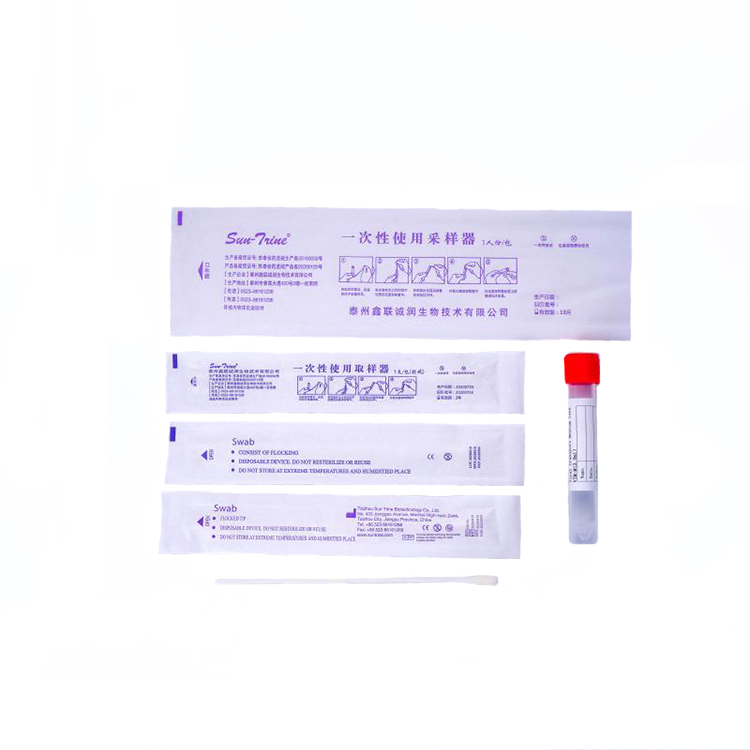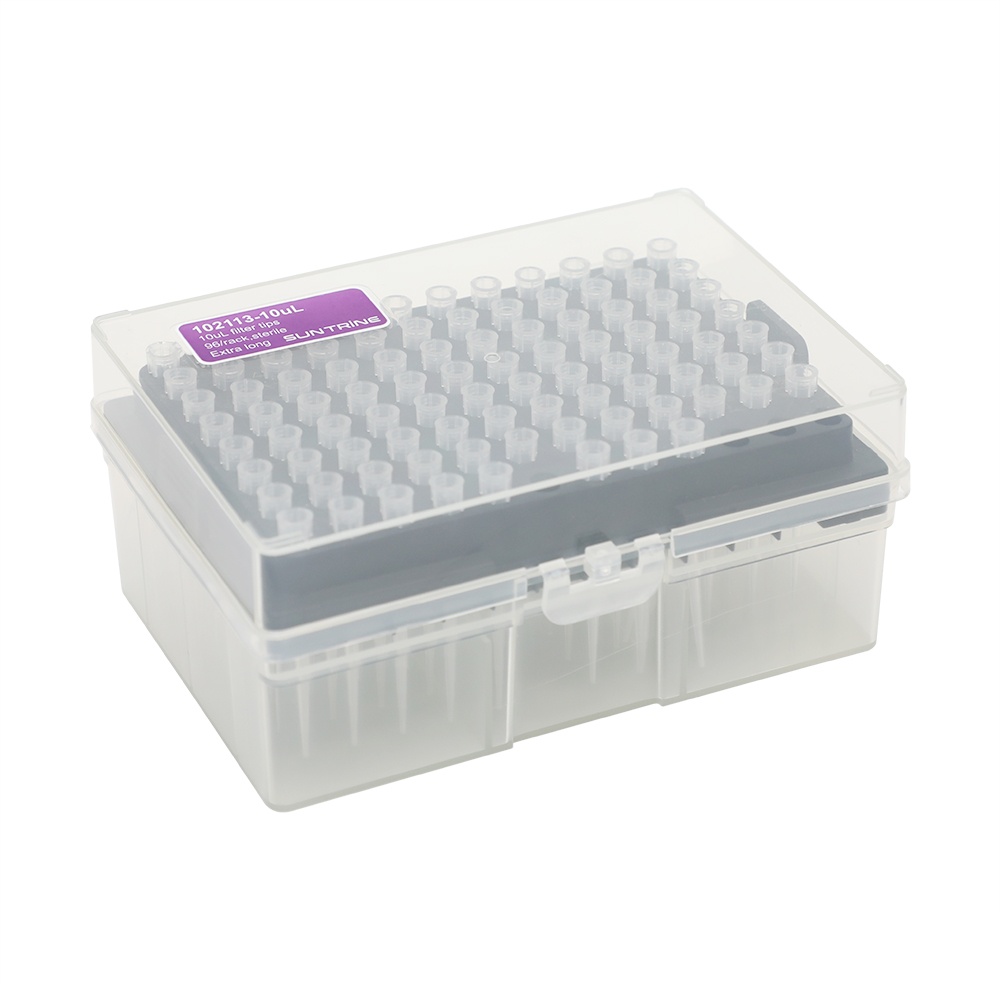Product Description

- Made of polystyrene (PS), they are applicable for lab inoculation, scribing
- and isolation of bacteria
- The product is crystal clear and uniform in thickness; the smooth, clean,
- and deformation-free bottom guarantees more accurate quantitative
- analysis;
- Specially designed dish lid facilitates gas exchange
- Stacking rings are designed for easier stacking and handling;
- Electron beam sterilization


Manufactured from highly transparent polystyrene for its heat resistant properties to enable use with hot agar.
| No. | Material | Culture area | Specifications | Wall thickness | Package specifications |
| 40.730101 | Polystyrene (PS) | 57.4cm² | 90mm*15mm | 0.8mm | 20 kits/bag, 500 kits/case |
Description
- Heat resistant up to 60°C
- Available in vented and non-vented
- Choose from standard round design, square-profile dish, special models and contact dishes/OneWell Plate™ models
- Easy stacking
- Crystal polystyrene for optimal analysis by microscopy
Transparent plastic cell culture Petri dishes are vital tools in the field of biomedical research. These dishes are made from high-quality, medical-grade plastic material that is both transparent and durable. They are designed for use in cell culture and microbiology laboratories.
One of the significant advantages of using transparent plastic cell culture Petri dishes is that they provide a clear view of the cells being cultured. This feature allows for easy monitoring of cell growth and morphology. Additionally, these dishes are sterile and free of contaminants, ensuring that cell cultures are not compromised.
Another significant advantage of using these dishes is that they are convenient to use. They come in various sizes and shapes, with stacking capabilities for ease in storing and transporting. The plastic construction also makes them lightweight and easy to handle, making it easier to maneuver the samples as required.
Petri dishes can be made of either glass or plastic. Both with their respective pros and cons. The glass petri dish is made of a heat resistant glass which can be sterilized by the use of an autoclave for repeated use. Plastic petri dishes are often for single use and must be discarded.
Glass is non-toxic, free from potentially harmful chemicals and generally not associated with a negative impact to your health. It is less porous than plastic. It also has a high resistance to leeching into your product even when contained for long periods of time.
Glass bottles are made from natural resources and require less energy to be produced. When glass ends up in landfills, it breaks down faster and takes up less space. Additionally, recycling glass also requires less energy than plastic.







